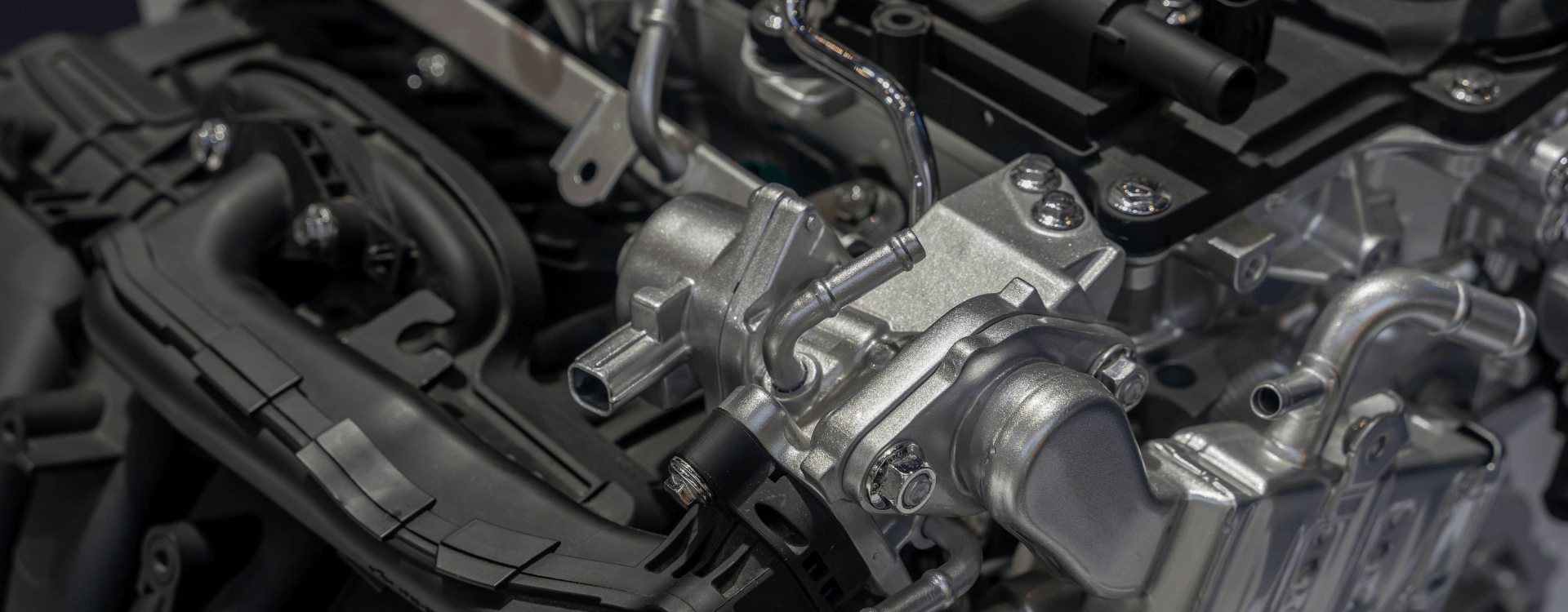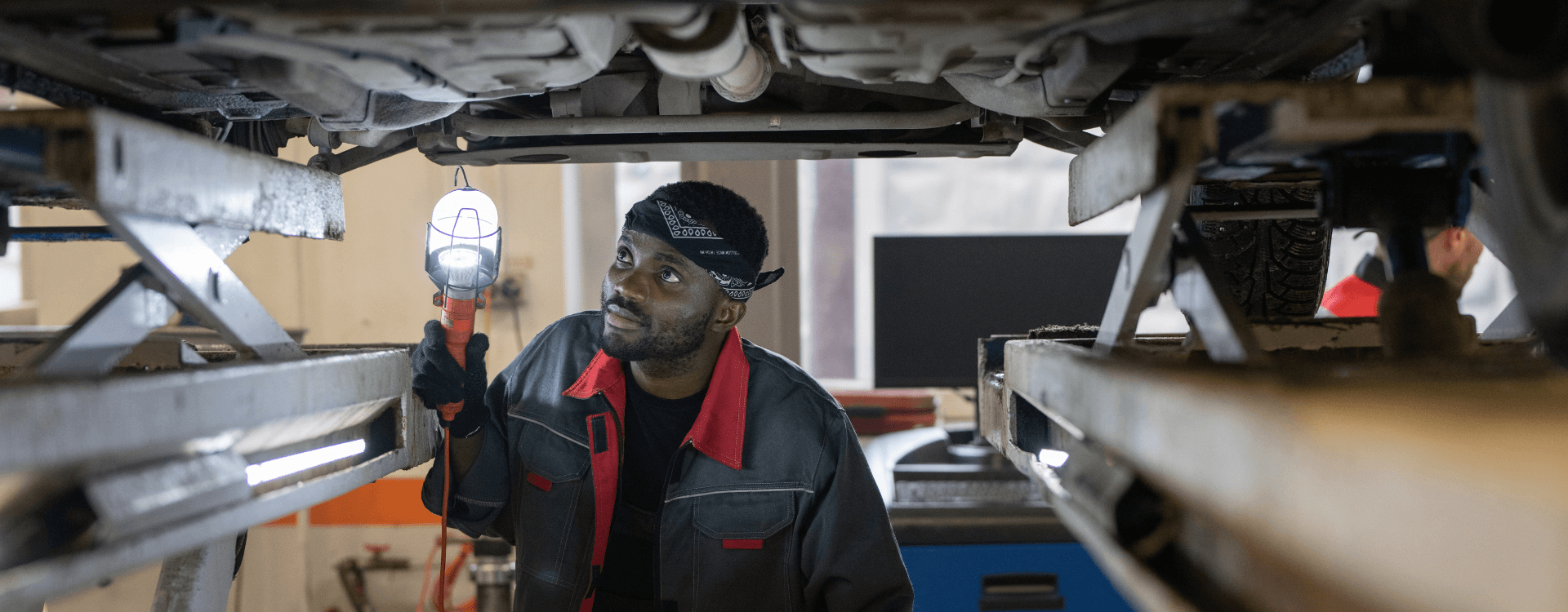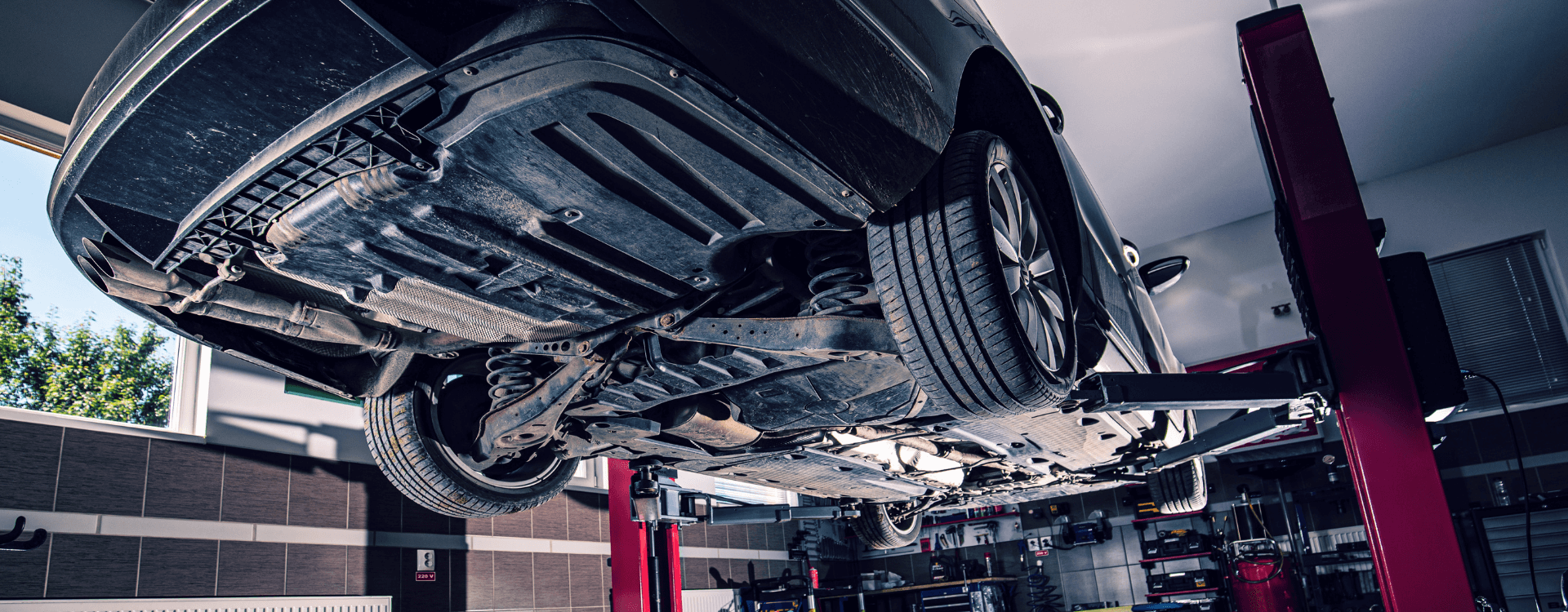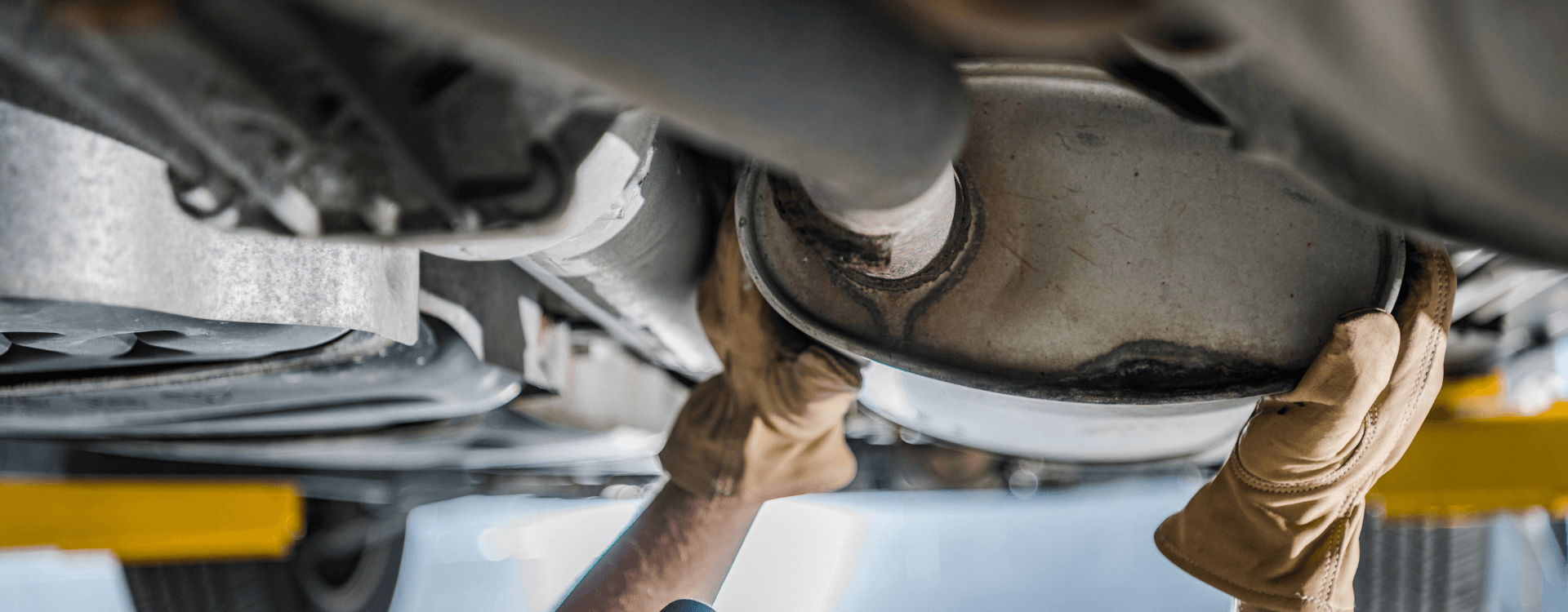
Euro 7 Standard: what will change ?
The early 1990s marked a real awareness of the pollution generated by cars. This included the introduction of the catalytic converter in 1992, the mandatory introduction of the catalytic converter in 2011 and AdBlue in 2014. In parallel, pollutant emissions have been defined by standards since 1993. The Euro 7 standard is expected to be introduced soon and will not only make car manufacturers happy.
What are the Euro standards for ?
On 1er January 1993, the Euro 1 standard was officially introduced. One of its aims was to oblige car manufacturers to optimise their vehicles to reduce certain pollutants. This first standard led to the systematic adoption of catalytic converters on petrol-engined cars, with the aim of reducing carbon monoxide emissions. Over the years, every five years or so, the Euro standards have become stricter. Perhaps the most significant contribution to motorists has been downsizing. This practice has made it possible to reduce the cubic capacity of vehicles by adopting one or more turbochargers. These standards are also correlated with what are known as homologation cycles. These standardised cycles attempt to reproduce normal vehicle use. Because some manufacturers cheated, the NEDC cycle was replaced by the WLTP cycle in 2018.
Do these standards seem a little abstract ? From the motorist's point of view, they have had only a limited and hardly visible impact. The Euro 6 standard was the second to be derived. At the beginning of 2023, we are still at Euro 6d. This has again tightened up the permissible emissions of pollutants, mainly hydrocarbons. But we also know that this is the final evolution of the Euro 6 standard. The Euro 7 standard has already caused a lot of ink to be spilled and a great deal of stress for car manufacturers. But what will it really be ?
Euro 7 standard: what will it consist of ?
Unsurprisingly, the Euro 7 standard will aim to continue the process already started on previous releases. Last November, the European Commission defined the substance of this new measure. Here's an outline of what the Euro 7 standard will entail:
- Limitation of nitrogen oxides (NOx) to 60 milligrams per kilometre for both petrol and diesel. The threshold therefore remains unchanged for petrol but is currently 80 mg for diesel;
- A decrease in fine particle emissions, of the order of 13%;
- Carbon monoxide emissions will have to be below 500 mg/km;
- Accounting for brake pad emissions;
- Accounting for tyre emissions;
- Battery life management.
If this new standard scares car manufacturers, it is also because the tests will be more consequent. They will no longer "only" cover a distance of 100,000 kilometres, but will extend to 200,000. In the case of electric vehicles (including hybrids), the battery's charge capacity must be at least 70% after five years. These are all additional constraints that will weigh heavily on manufacturers.
The inclusion of more restrictive measures regarding brakes and tyres is a new development. Yet it is this parameter that is of most concern. Manufacturers must develop more efficient braking systems and choose tyres that will emit fewer particles. This echoes a well-known problem: the weight of cars. The heavier the car, the more braking is required. The tyres are also subject to more stress. Electric cars, because of the mass of their battery, are likely to be particularly affected... Manufacturers will therefore have to find the perfect balance between optimal battery capacity and the choice of efficient tyres and brakes... And not too expensive. The balance will probably be quite complex to find.
Euro 7 standard: what deadline ?
The Euro 7 standard could come into force from the year 2025. Not too surprisingly, it will hurt combustion vehicles in particular. In order to remain within the standards, the latter will have to adapt heavily, which will drive up prices. Here again, electric vehicles will be the big winners. The aim of this new standard will be to apply more precise protocols that are more in line with the 'classic' use of a car, taking into account a maximum number of parameters. These requirements will not be without consequences for our lives as motorists.
The main effect will be a general increase in prices, both for internal combustion and electric cars. Some even predict the end of combustion cars by that date. In reality, manufacturers will have no choice but to adapt, despite the enormous development costs. The relatively short deadlines that have been announced seem difficult to meet. Despite the European Commission's approval of the 2025 deadline, it is highly likely that things will change by then.
What you need to remember
For some thirty years now, the European Union has been seeking to reduce the polluting emissions emitted by cars. As the Euro standards have evolved, the measures have been refined and opened up to everything that revolves around our cars. The inclusion of pollution from braking and tyres will be a major innovation. In addition to this, the tightening of the general thresholds will undoubtedly be a complicated obstacle for car manufacturers. Between now and 2025, therefore, we will have to redouble our efforts to ensure that as many engines as possible can be made compatible with this new standard...
Image sources:
Karolina Osinska / Author: duallogic / License ID: 3JDECV25QZ - elements.envato.com










